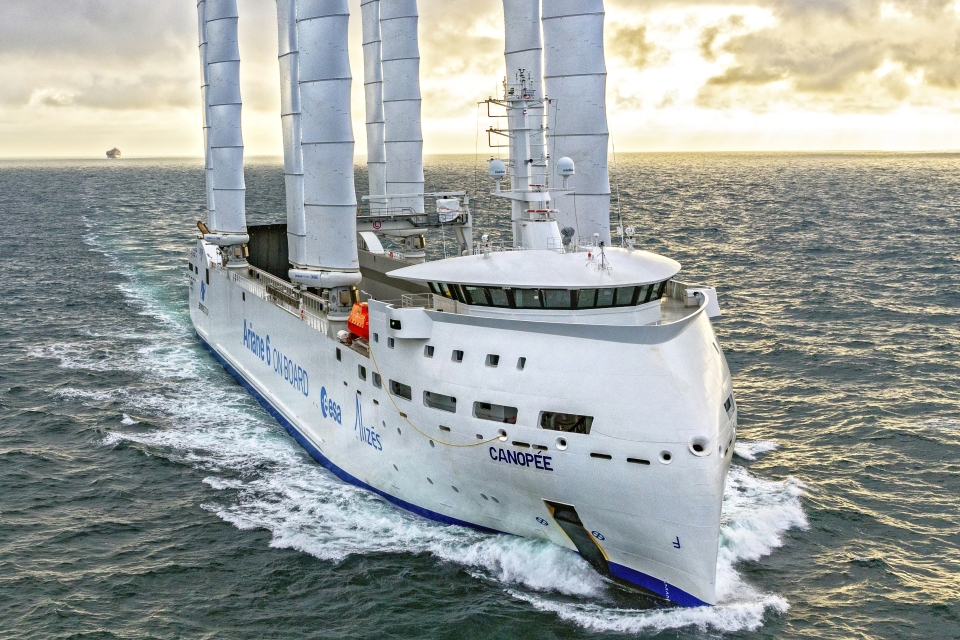Actually, it is of course obvious for the maritime professional that shipbuilding and shipping is almost all about engineering. The best ship has the best technology, is safe, reliable and future-proof, i.e. adaptable to achieve zero emissions of climate-threatening gases by 2050. Something that is being worked on hard on all fronts, especially by engine manufacturers.
In this respect, those interested are spoilt for choice in this November issue with among other things an extensive article by engine specialist Kees Kuiken. An article particularly long by SWZ standards, but worthwhile from start to finish. You won’t come across an overview like this very often. The editors are therefore proud to be able to bring it to you.
But there is more. In this issue, the electrical engineer is treated to an article by systems integrator Bakker Sliedrecht on the direct current electrification of a hybrid trailing suction hopper dredger. According to the company, direct current versus alternating current offers advantages in terms of reducing fuel consumption and emissions, as well as integrating alternative energy sources.
The third major article is by our contributor Martijn van Wijngaarden on the effects of the Hong Kong Convention (HKC) coming into force for recycling of ships. This creates tension between the rules introduced by the EU and the rest of the world going by HKC regulations. If scrapping yards in India start to comply with the HKC, it will mean great progress for the environment and working conditions, but for now, the question remains when European shipowners will be allowed to legally scrap their ships there.
Also read: SWZ|Maritime’s October 2023 issue: Spread the word with this keepsake issue
A fourth major article comes from engineering firm Nevesbu and deals with floating offshore substations for floating wind turbines and other forms of power generation at sea. This is a project initiated by classification society DNV, implemented by Nevesbu and uses MARIN’s large offshore basin.
Constant innovation also takes place on a ship’s bridge. Medium-frequency and high-frequency receivers are currently used to operate the Global Maritime Distress & Safety System (GMDSS), but the intention is to switch to the Iridium Satellite System within a few years.
A new standard for processing data from electronic nautical charts is also being introduced. In short, this November issue offers a lot of depth and insight into new important maritime developments.
This is editor-in-chief Antoon Oosting’s editorial accompanying the November 2023 issue.
Also read: SWZ|Maritime’s September 2023 issue: Yacht building is versatile and innovative
SWZ Archive
Our digital archive is once again available to subscribers and they can read the digitial version of our November issue there. Subscribers can register here to gain access. Not yet a subscriber? Visit our subscription page.
Also read: In SWZ|Maritime in August 2023: Dossier of the 125 years of KNVTS symposium
The articles in SWZ|Maritime’s November issue
In addition to the regular sections such as Dutch news, Markets, Global news, book reviews, news from the KNVTS and Mars Report, the articles (some in Dutch) in the November issue are:
- A Hybrid Electric DC Power grid
- Marine electronics into the future
- Welke scheepsmotoren zijn geschikt voor alternatieve brandstof?
- A new era in nautical charting
- A global standard for ship recycling
- The design of a floating offshore substation
- Smooth sailing for hydrogen vessels?
- Project Offshore For Sure van start
- News from International Shipbuilding Progress
Picture: On 6 November, the Canopée, built by Neptune Marine and fitted with four wingsails, was elected KNVTS Ship of the Year 2023 at the annual Maritime Awards Gala in Rotterdam (photo Flying Focus).
Also read: In SWZ|Maritime in June 2023: Dutch shipbuilding and the last Maritime Monthly








